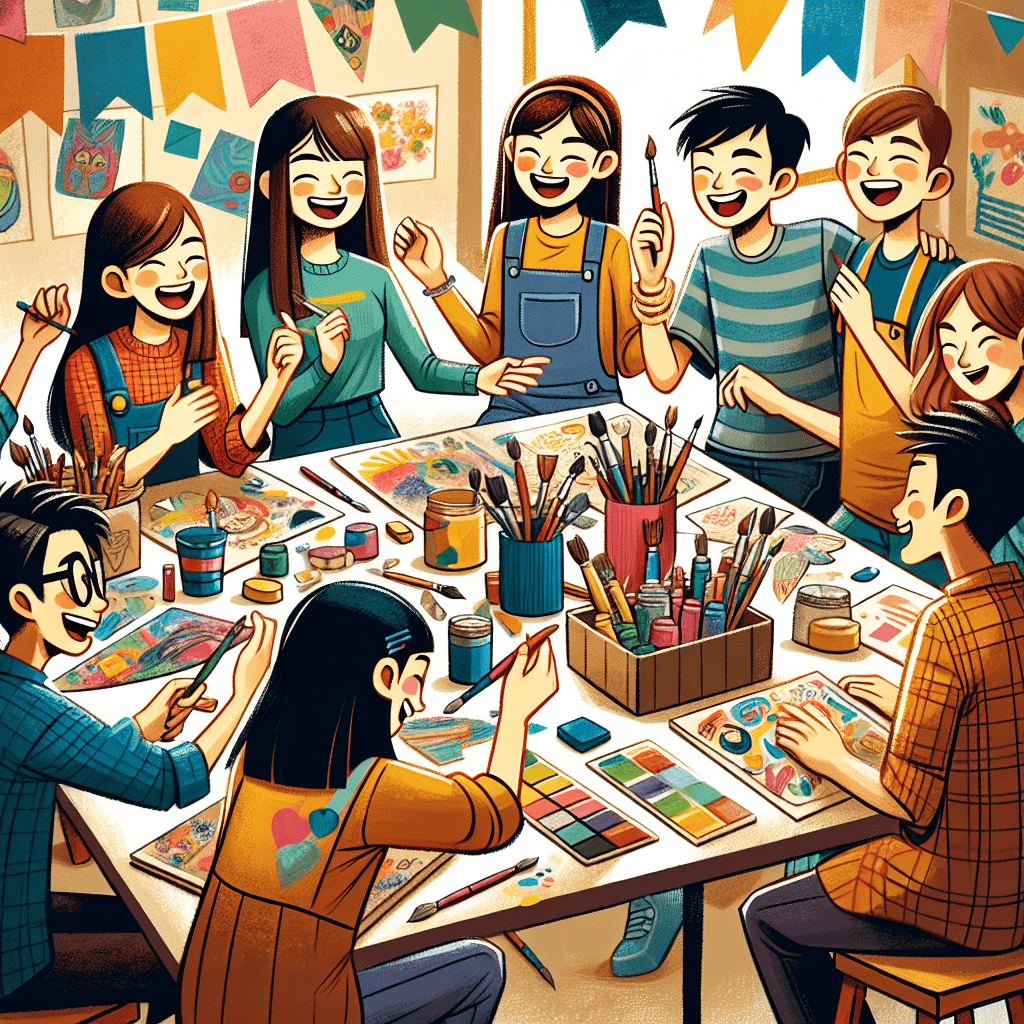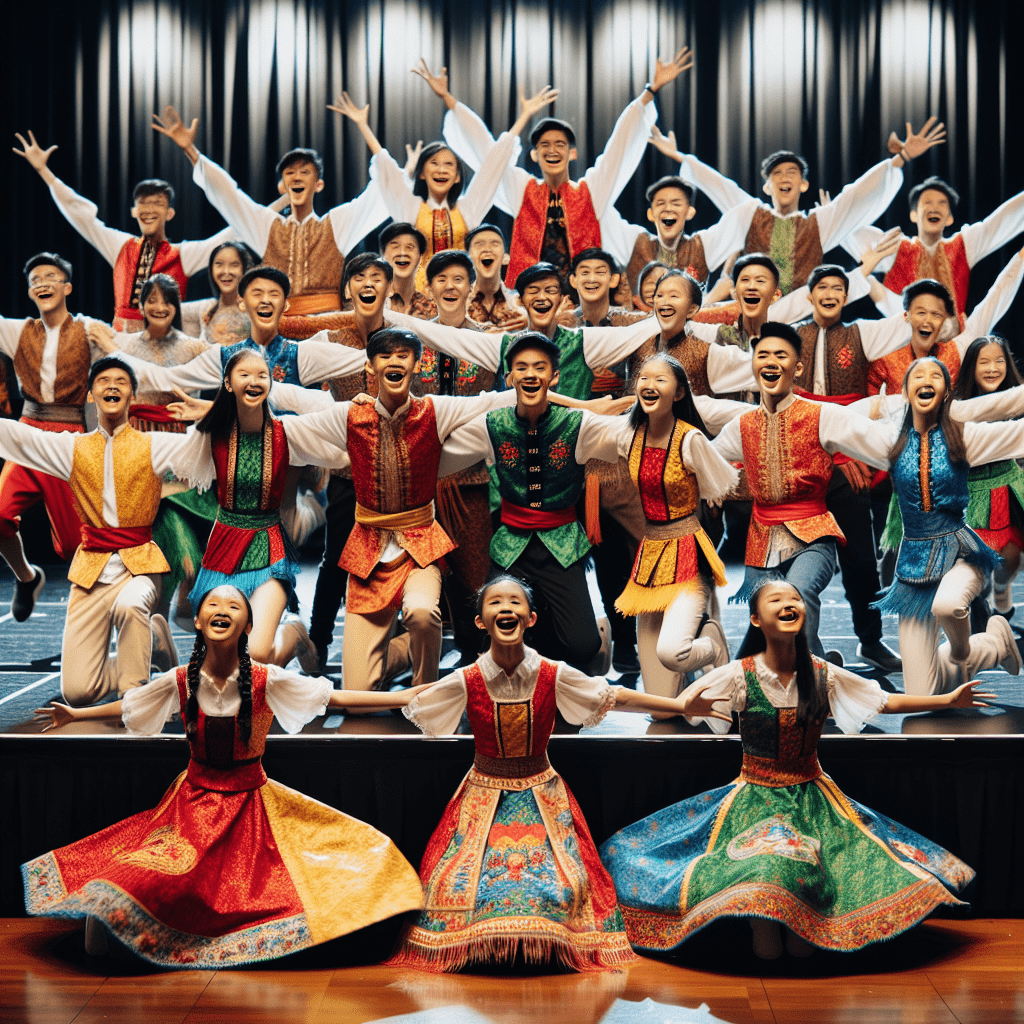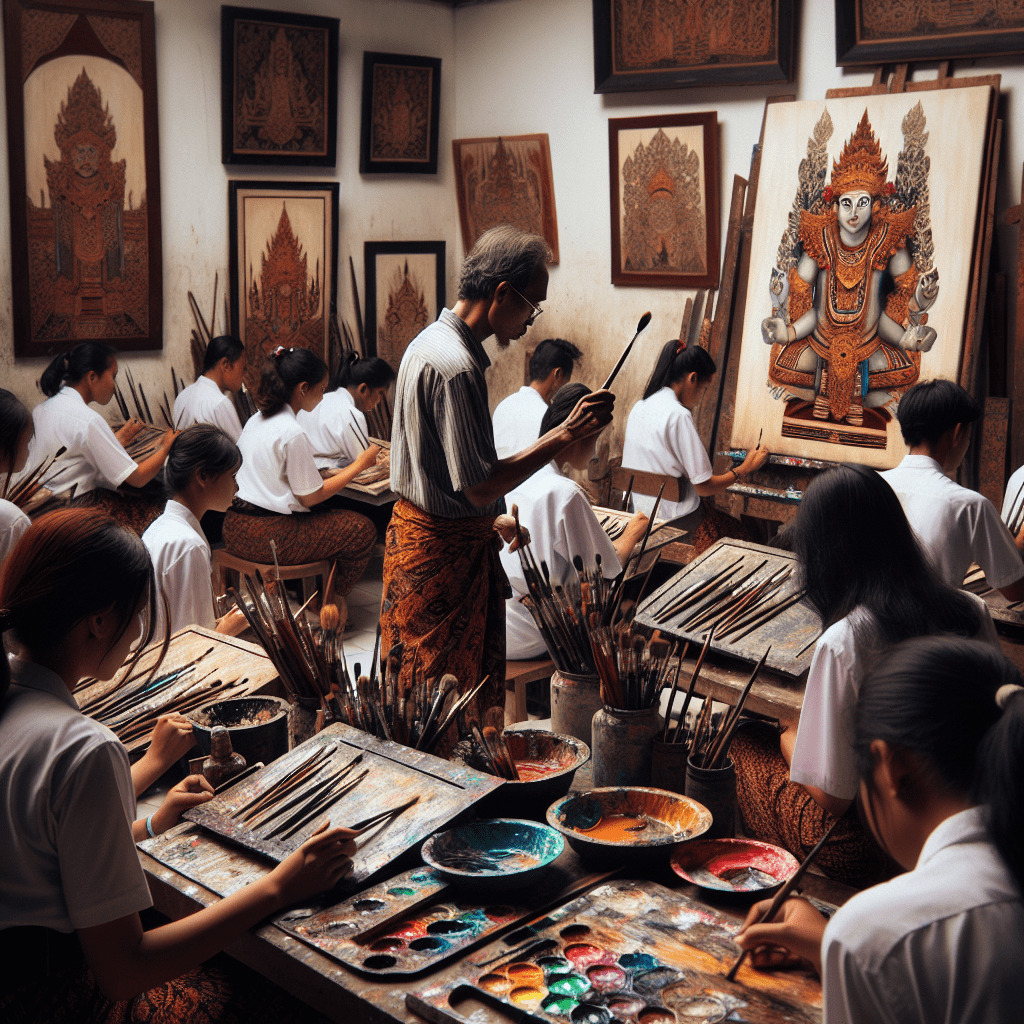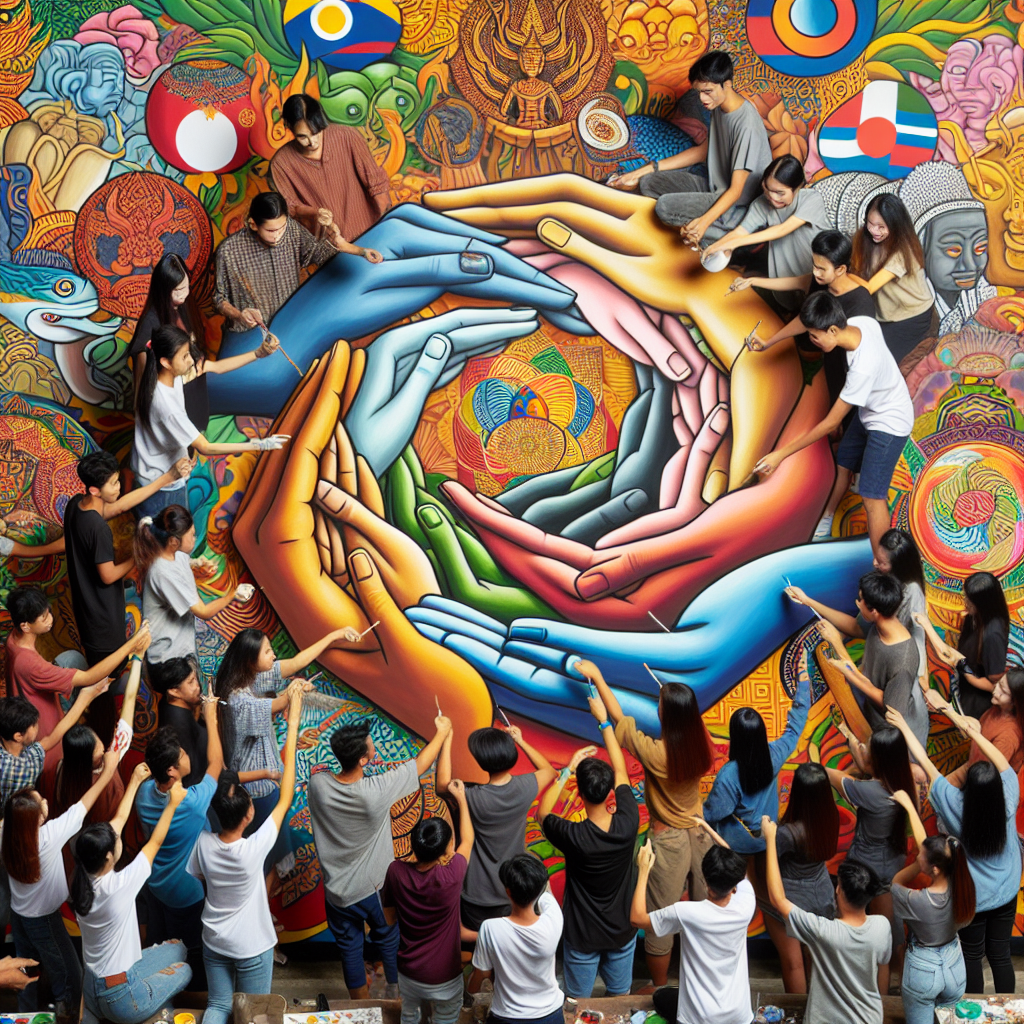Table of Contents
In an era dominated by STEM subjects and digital skills, arts education has often been pushed to the margins in school curriculums worldwide. However, a growing movement in Southeast Asia is challenging this trend, recognizing the vital role the arts play in nurturing creativity, cultural identity, and well-rounded students. From Singapore to Vietnam, educators and policymakers are reviving arts education, weaving it into the fabric of 21st-century learning.
The Case for Arts Education
Despite the emphasis on science, technology, engineering, and mathematics (STEM) in modern education, research consistently highlights the benefits of arts education. A comprehensive study by the Brookings Institution found that arts education enhances cognitive abilities, critical thinking, and verbal skills. It also fosters cultural awareness, empathy, and self-expression — essential traits for navigating an increasingly diverse and complex world.

“Arts education is not a luxury, but a necessity,” asserts Dr. Tran Nguyen, an education expert at the Vietnam National Institute of Educational Sciences. “It cultivates creativity, a skill that is becoming increasingly valuable in the innovation-driven economy of the 21st century.”
Singapore: Integrating Arts into the Curriculum
Singapore, known for its world-class education system, has been at the forefront of the arts education revival in Southeast Asia. The city-state’s Ministry of Education has implemented a comprehensive arts education framework that integrates visual arts, music, dance, and drama across all grade levels.
From primary school onwards, Singaporean students engage in arts activities designed to foster creativity, self-expression, and cultural appreciation. The curriculum includes exposure to both traditional Asian art forms and contemporary Western practices.

“Our goal is to nurture well-rounded individuals who can appreciate diverse perspectives and think out of the box,” explains Lim Wei, an arts educator at a primary school in Singapore. “Arts education is key to achieving this.”
The Role of Specialist Schools
Singapore has also established specialized arts schools, such as the School of the Arts (SOTA) and the Nanyang Academy of Fine Arts (NAFA), which offer intensive training for students passionate about pursuing careers in the arts.
These institutions provide a platform for young artists to hone their skills, collaborate with like-minded peers, and gain exposure to the professional art world. Graduates from these schools have gone on to make significant contributions to Singapore’s thriving arts scene.
Indonesia: Preserving Cultural Heritage
In Indonesia, the world’s largest archipelagic nation, arts education is seen as a vital tool for preserving the country’s rich cultural heritage. With over 300 ethnic groups, each with its unique artistic traditions, Indonesia is a tapestry of diverse art forms.
The Indonesian government has launched several initiatives to promote arts education, particularly in rural areas where traditional art forms are at risk of being lost. One such program is the “Sekolah Seni Budaya” (School of Arts and Culture), which provides training in traditional music, dance, and crafts.

“Through arts education, we are not only passing on our cultural legacy to the next generation but also fostering a sense of national identity and pride,” says Ibu Rani, a teacher at a Sekolah Seni Budaya in Bali.
Philippines: Empowering Youth through the Arts
In the Philippines, arts education is being used as a tool for youth empowerment and social change. Organizations like the Philippine Educational Theater Association (PETA) are harnessing the power of theater to address social issues and give voice to marginalized communities.
PETA’s “Arts Zone Project” works with public schools in underserved areas, using theater workshops to build confidence, critical thinking, and leadership skills among students. Participants create and perform plays that tackle themes such as poverty, gender equality, and environmental conservation.
“Through theater, we empower young people to become agents of change in their communities,” explains Maria Santos, a facilitator with PETA. “They learn to express themselves, question the status quo, and imagine a better future.”
The Way Forward
As Southeast Asian nations continue to invest in arts education, they are not only nurturing a new generation of creative thinkers but also preserving their cultural heritage and fostering social cohesion. However, challenges remain, including inadequate funding, a shortage of qualified arts teachers, and the persistent perception that arts education is less valuable than STEM subjects.
To address these challenges, governments, educators, and arts organizations must work together to advocate for the importance of arts education, develop innovative teaching methods, and provide more opportunities for students to engage with the arts both in and out of the classroom.
As the region navigates the complexities of the 21st century, arts education will play an increasingly crucial role in shaping the minds and hearts of its youth. By embracing the arts as an integral part of learning, Southeast Asia is investing in a future where creativity, cultural understanding, and innovation can flourish.
